
OBJECTIVE OF SOVEREIGN CHESS: Checkmate the enemy King.
NUMBER OF PLAYERS: 2
MATERIALS: Sovereign Chess game by Infinite Pi Games
TYPE OF GAME: Board Game
AUDIENCE: 7+
OVERVIEW OF SOVEREIGN CHESS
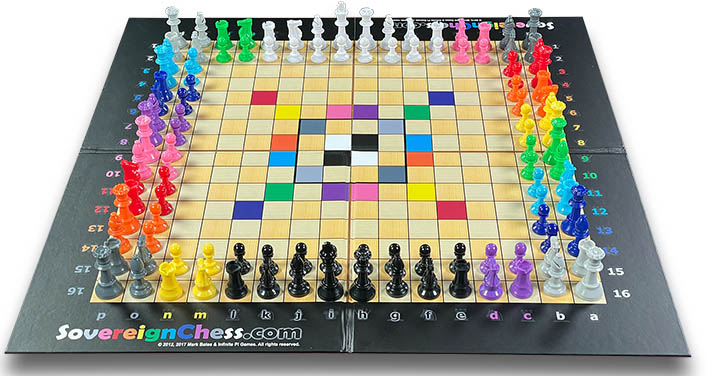
Sovereign Chess plays the same as regular chess with the following differences. Check out the regular rules of chess here for a refresher. The main difference is that there are many new colors of chess pieces each player can control throughout the game.
SETUP
Lay out the board and set up pieces on the outer ring of squares, matching each piece with the color and type indicated around the edge of the board.
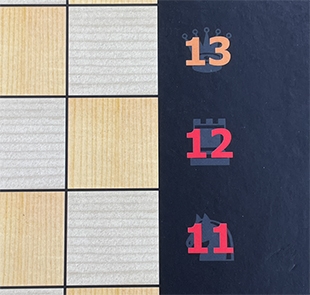
In the next ring of squares, place pawns matching the colors of the adjacent pieces.
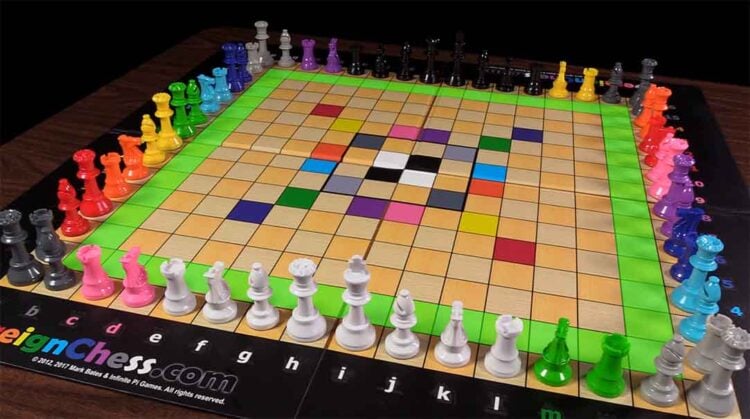
In the four corners, instead of pawns place matching-colored knights.
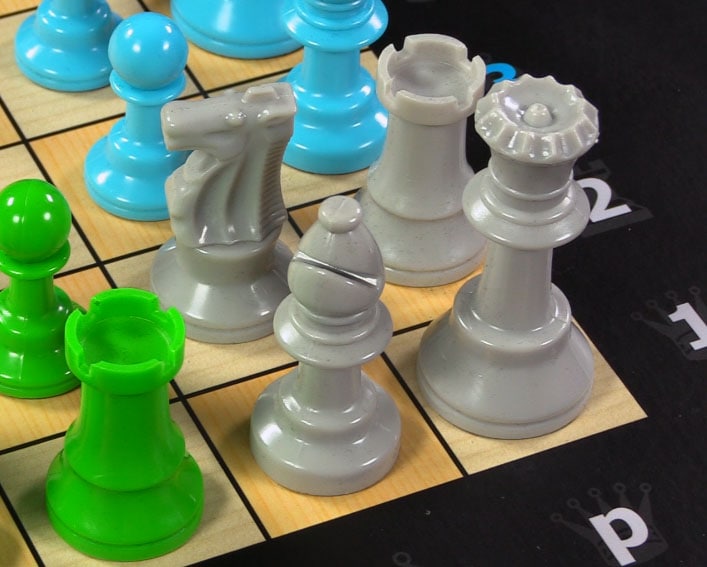
GAMEPLAY
- Randomly select a player to make white’s first move.
- After white’s first move, the other player may choose to play as white or play as black. Whoever plays black makes the next move then turns alternate.
- Queens, Bishops, and Rooks may not travel more than 8 squares in a single turn. Therefore, they may not check a king that is farther than 8 squares away. Kings are allowed to move out of check by moving out of this range.
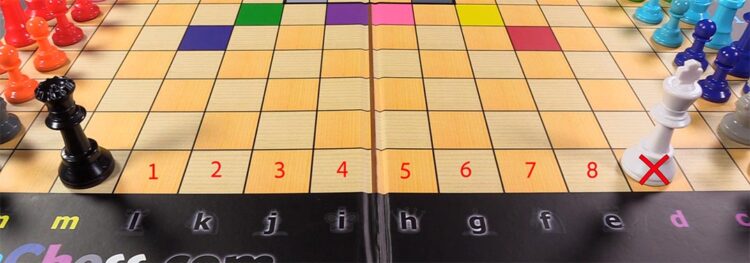
- A piece may not end its turn on a square of its own color, but it may travel over a square of its own color. Therefore, a player may not check their opponent’s king with a piece of the same color as the square that that king is on. Kings are allowed to escape check by moving to a square matching the color of the checking piece.
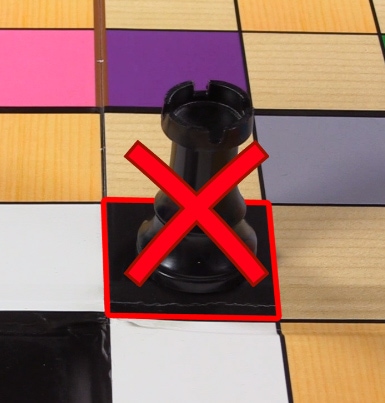
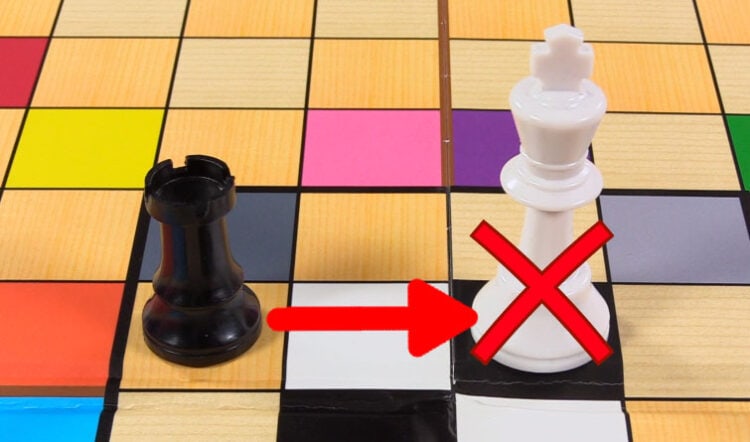
- Pawns move 1 square vertically or horizontally, and capture 1 square diagonally, towards the center of the board. The brown lines on the board help guide pawns toward the center. Pawns move and capture towards either brown line, even if that move is further away from another brown line. A pawn adjacent to a brown line may not move across it, but it may capture across a brown line so long as the capture takes it closer to the center of the board.

- Pawns on the outer 2 rings of the board may move 1 or 2 spaces away from the closest edge. They may move like this even if they have previously moved.
- En passant is not allowed.
- When you move one of your pieces onto a square of another color, you then control all the pieces of that square’s color and may move them so long as you have a piece on that square. Once the colored square is unoccupied, then you may not move those pieces until you occupy one of the matching color squares again.
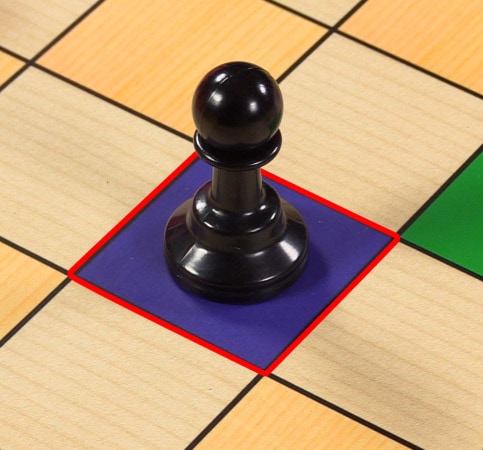
- You are allowed to use your controlled colored pieces to control other colors.
- When you move a piece to a square that is the same color as your opponent’s king you do not gain control of their pieces. Pieces that are the same color as a player’s king may never be controlled by their opponent.
- There are two squares of each color but only one of those squares may be occupied at a time. When one square is occupied by any piece, whether a player controls it or not, then the other square of that color may not be occupied.
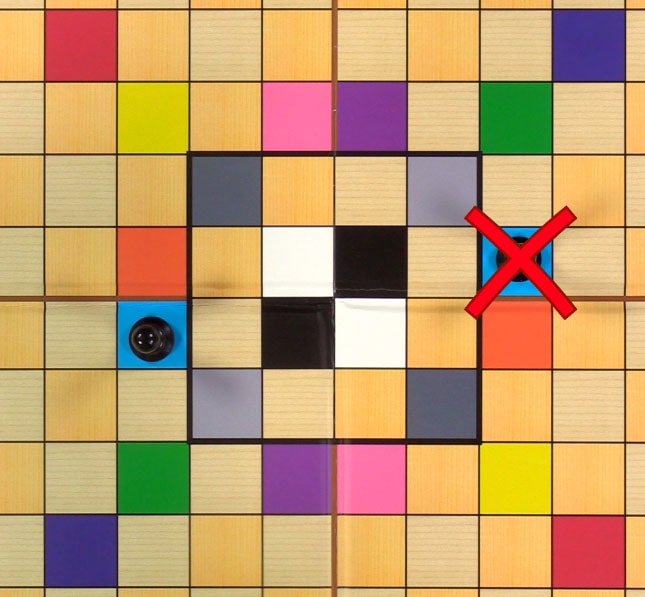
- You may only capture pieces of colors that your opponent controls. You may not capture any piece you control, nor pieces that are uncontrolled by either player. If you capture an opponent’s piece that is on a colored square, you immediately take control of all pieces of that square’s color.
- You may escape check from a colored piece by capturing the matching-colored square your opponent controls, giving you control of those pieces instead.
- When a pawn reaches the center 4×4 area marked by a black border, it must promote to any higher piece of its same color, which may include a king.
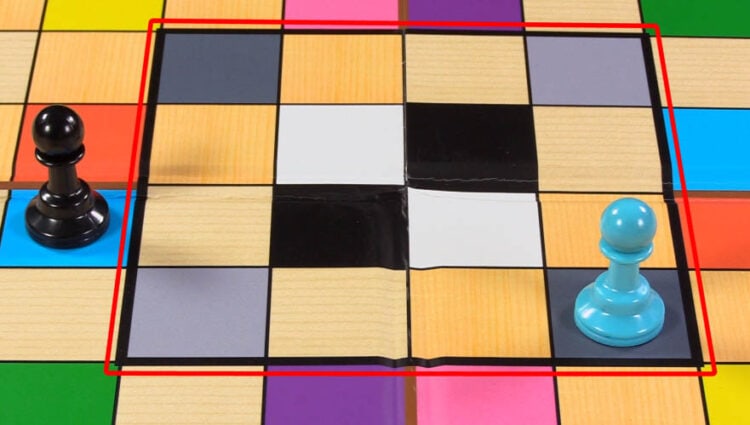

- If you choose to promote a pawn to a king, you remove your current king from the board, and place the new king, of the same color of the pawn, where the pawn was promoted. If you promote to a king of a different color, then your previous king’s colored pieces will now be controlled by the player who occupies a square of that color.
- On your turn, instead of moving a piece, you may replace your king with a king of any color you control. Your turn then ends unless your king is now on a square of its own color. Then you must legally move it off that square.
- You are allowed to promote to a king or change your king’s color to get out of check. There is no limit to the number of times you can change kings during the game.
- You are allowed to castle with any rook you control that is on the same row as your king so long as all the normal rules of castling are followed. To do so, move your king to any vacant square between it and the rook and that rook to the other side of the king. Changing a king to a different color does not count as moving it, so you may still castle.
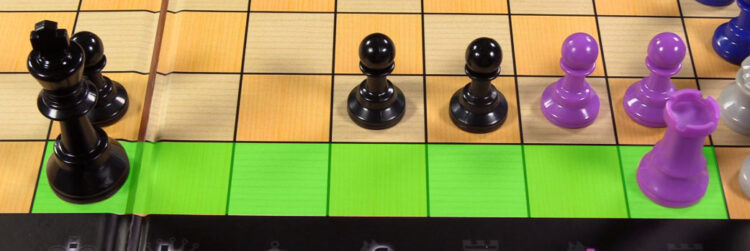
END OF GAME
The first player to checkmate their opponent, wins!
Latest posts by Nakoa Davis (see all)
- Comprehensive Guide to the Board Game Go (weiqi, baduk) - January 23, 2024
- Are Creative Suites Changing Gaming - October 30, 2023
- How Classic Games Have Been Reimagined for Modern Audiences - October 5, 2023